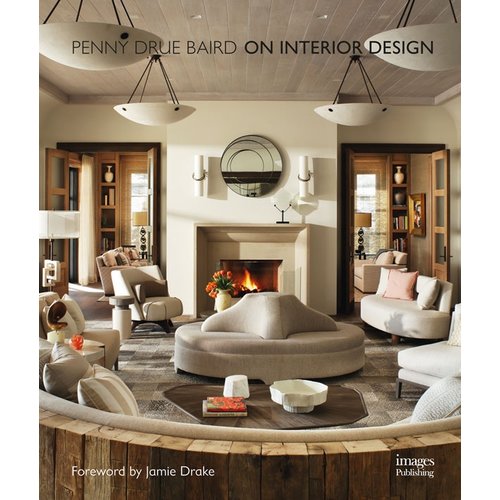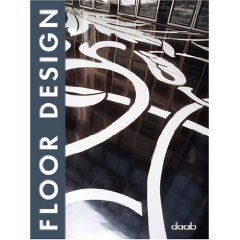Environmentally Speaking...

Architects, designers and consumers will choose sustainably smart products almost every time, not because it is mandated by some government agency, but because it’s the right thing to do and moves us forward toward a collective long-term goal.
So what goes into the making of a smart product? There are some universal sustainable design principles that can certainly help us identify them. Here’s what we should be looking for:
- Low impact materials: Choose non-toxic, sustainably produced or recycled materials which require little energy/water to process.
- Energy efficiency: Use manufacturing processes and products that require less energy.
- Quality and durability: Longer-lasting and better-functioning products will have to be replaced less frequently, reducing the impact of producing replacements.
- Designed for reuse and recycling: Products, processes, and systems should be designed for performance, with a commercial “afterlife.”
- Biomimicry: Redesigning industrial systems along biological lines to enable constant reuse of materials in continuous closed cycles (such as cradle-to-cradle recycling).
- Renewability: Materials should come from nearby, sustainably managed sources.
In a depressed housing market, this compact “smart” house is designed to meet expansion needs. It can be installed as a backyard addition to be used as a guesthouse, mother-in-law suite, assisted living space, office, or private living space for kids returning home. Of particular note is the use of cork and bamboo flooring, which are both highly sustainable, recyclable and not in danger of depletion. Bamboo can also remove carbon dioxide from the air, actually improving air quality.
Homebuilders are particularly attentive to how floor coverings contribute to sustainability. Their choices are becoming more abundant as manufacturers fine-tune their products and processes to answer the demand for green floors.

Cork
Renewable resource. Recycled and recyclable product. Tree is not damaged when harvested. Can be finished using water-based products and installed with low-VOC adhesives.
Bamboo
One of the fastest growing plants on earth makes it rapidly renewable. The whole plant is not harvested, so there is no need to replant. Requires minimal fertilization or pesticides. Can be finished using water-based products and installed with low-VOC adhesives.
Carpet
Green manufacturing processes and CRI certification. Can be made from recycled materials. Can be recycled at the end of its life. Can be made from natural materials that are renewable, such as wool, cotton, hemp, sisal, seagrass, bamboo and jute. New fibers in the marketplace are completely recyclable or made from renewable resources.
Stone
Natural material. Enduring lifecycle. No VOC emissions. Easy to maintain. Recyclable and salvageable.
Hardwood
Managed, sustainable, natural resource. Renewable. Recyclable. Low or no VOC emissions. Can be finished using water-based products and installed with low-VOC adhesives.
Linoleum
Made from all natural materials. Materials are renewable and abundant. Recyclable. Fully biodegradable. No VOC emissions. Can be installed and maintained with 100% solvent free adhesives and cleaners.
Ceramic Tile
Some contain recycled content. Recyclable. Durable and long-lasting. Low to no VOCs. Easily maintained.
LVT
Some contain recycled content. Recyclable. Durable and long-lasting. Easily maintained. Low-emitting VOCs.
Of course, this does not cover all flooring categories made with green content. Laminate, vct and rubber flooring, for example, also incorporate recycled content in their construction. Some also argue that offering products that mimic natural materials without using the natural materials, such as looks inspired by exotic hardwood species, have a positive environmental impact.
Across the industry, floor covering manufacturers continue to invest due diligence in developing even more highly sustainable products. Knowing the facts gives peace of mind to retailers, the A & D community, and, of course, consumers that beautiful floors can contribute to a beautiful environment.
Looking for a reprint of this article?
From high-res PDFs to custom plaques, order your copy today!





